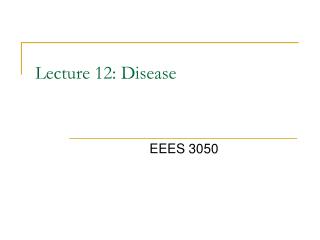

To quantify change over time, CDC calculated the percent change in mean number of weekly ED visits †† for children and adolescents aged 0–17 years, as well as by age group (0–4, 5–11, and 12–17 years) and sex. ¶ Keyword syndromes** using reported reason for visit (chief complaint) and administrative diagnosis codes were developed and validated by CDC in partnership with state, tribal, local, and territorial health departments (Supplementary Box, ). These periods were compared with corresponding weeks in 2019, from facilities consistently reporting data during 2019–2022. Early identification and expanded evidence-based prevention and intervention strategies are critical to improving children’s and adolescents’ mental health ( 1– 3), especially among adolescent females, who might have increased need.ĬDC examined data from the National Syndromic Surveillance Program (NSSP) § using three pandemic surveillance periods following the declaration of a national COVID-19 emergency on March 13, 2020: March 15, 2020–Janu(2020) January 3, 2021–Janu(2021) and January 2, 2022–Janu(January 2022). Among adolescent females aged 12–17 years, weekly visits increased for two of nine MHCs during 2020 (eating disorders and tic disorders), for four of nine MHCs during 2021 (depression, eating disorders, tic disorders, and OCD), and for five of nine MHCs during January 2022 (anxiety, trauma and stressor-related disorders, eating disorders, tic disorders, and OCD), and overall MHC visits during January 2022, compared with 2019. After declines in weekly visits associated with MHCs among those aged 0–17 years during 2020, weekly numbers of ED visits for MHCs overall and for specific MHCs varied by age and sex during 2021 and January 2022, when compared with corresponding weeks in 2019.

pediatric ED visits for overall mental health conditions (MHCs) and ED visits associated with specific MHCs (depression anxiety disruptive behavioral and impulse-control disorders attention-deficit/hyperactivity disorder trauma and stressor-related disorders bipolar disorders eating disorders tic disorders and obsessive-compulsive disorders ) during 2019 through January 2022 among children and adolescents aged 0–17 years, overall and by sex and age. children aged 5–11 years and 31% among adolescents aged 12–17 years, compared with 2019 ( 2). During March–October 2020, among all emergency department (ED) visits, the proportion of mental health-related visits increased by 24% among U.S. These actions resulted from ongoing concerns about children’s mental health in the United States, which was exacerbated by the COVID-19 pandemic ( 1, 2). Surgeon General released an advisory † on mental health among youths. In 2021, a national emergency* for children’s mental health was declared by several pediatric health organizations, and the U.S.


 0 kommentar(er)
0 kommentar(er)
